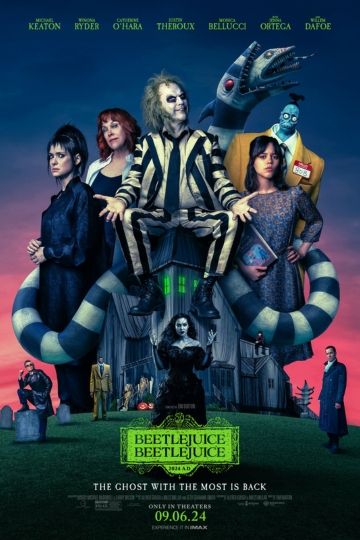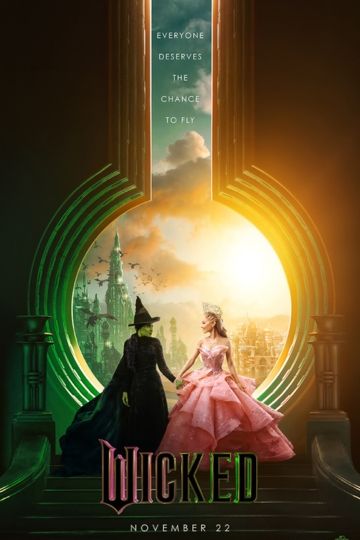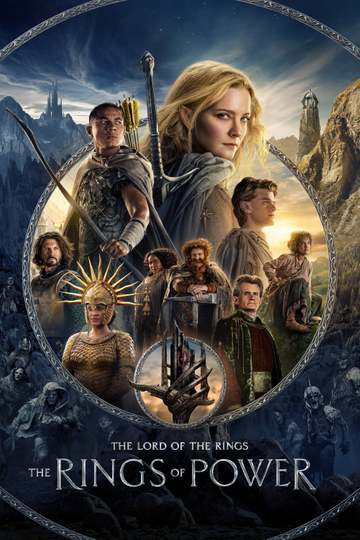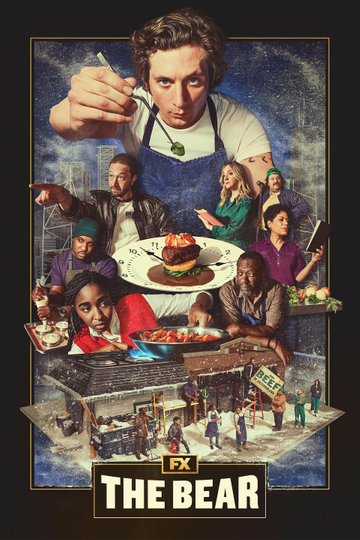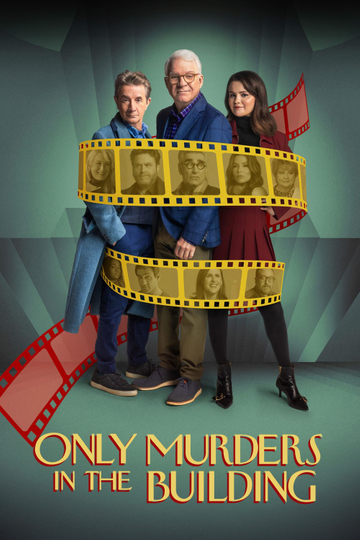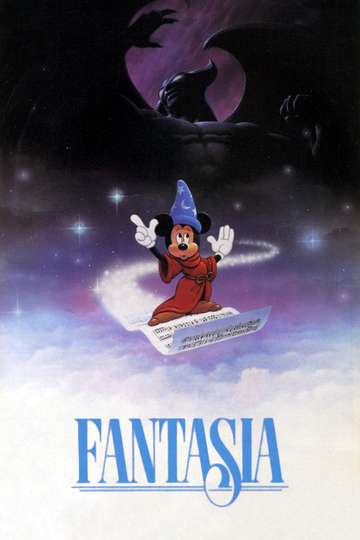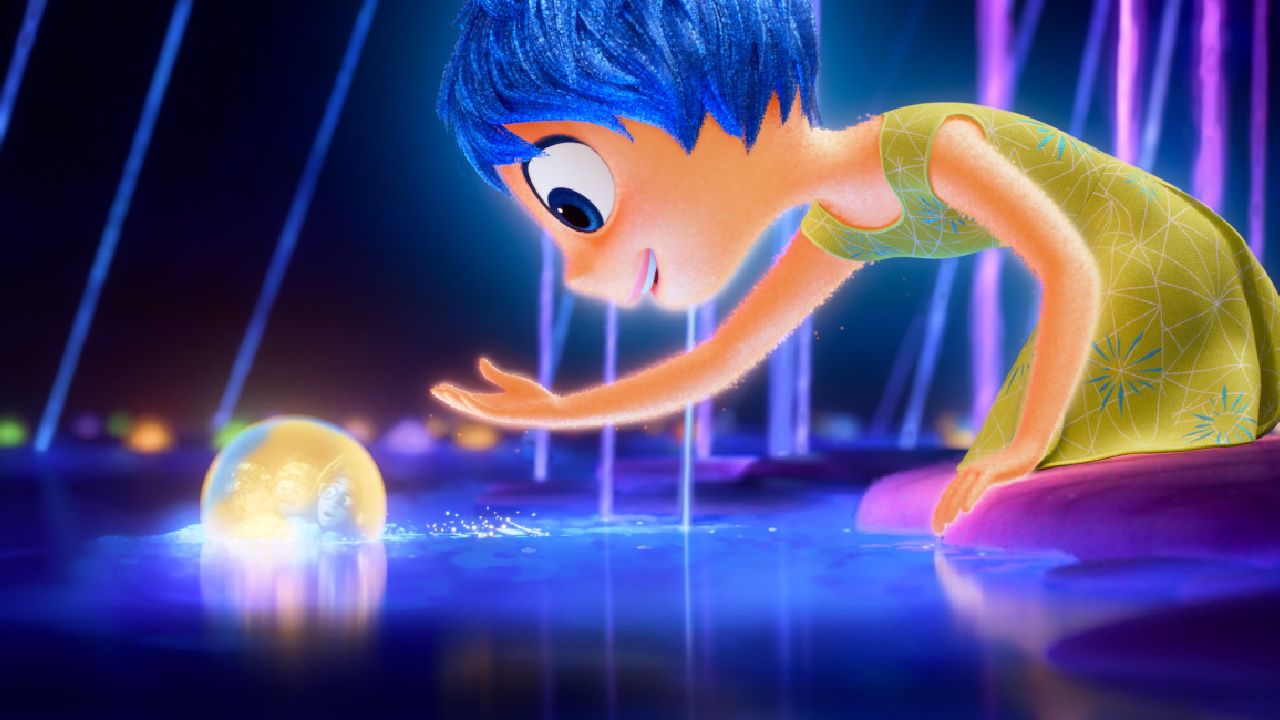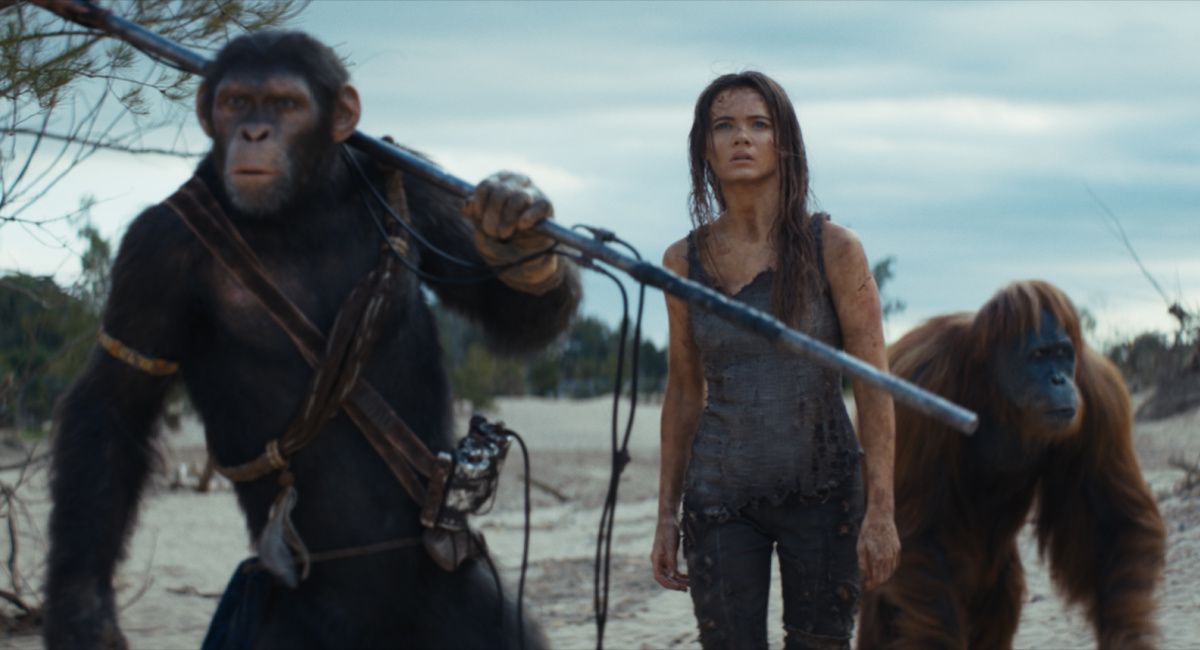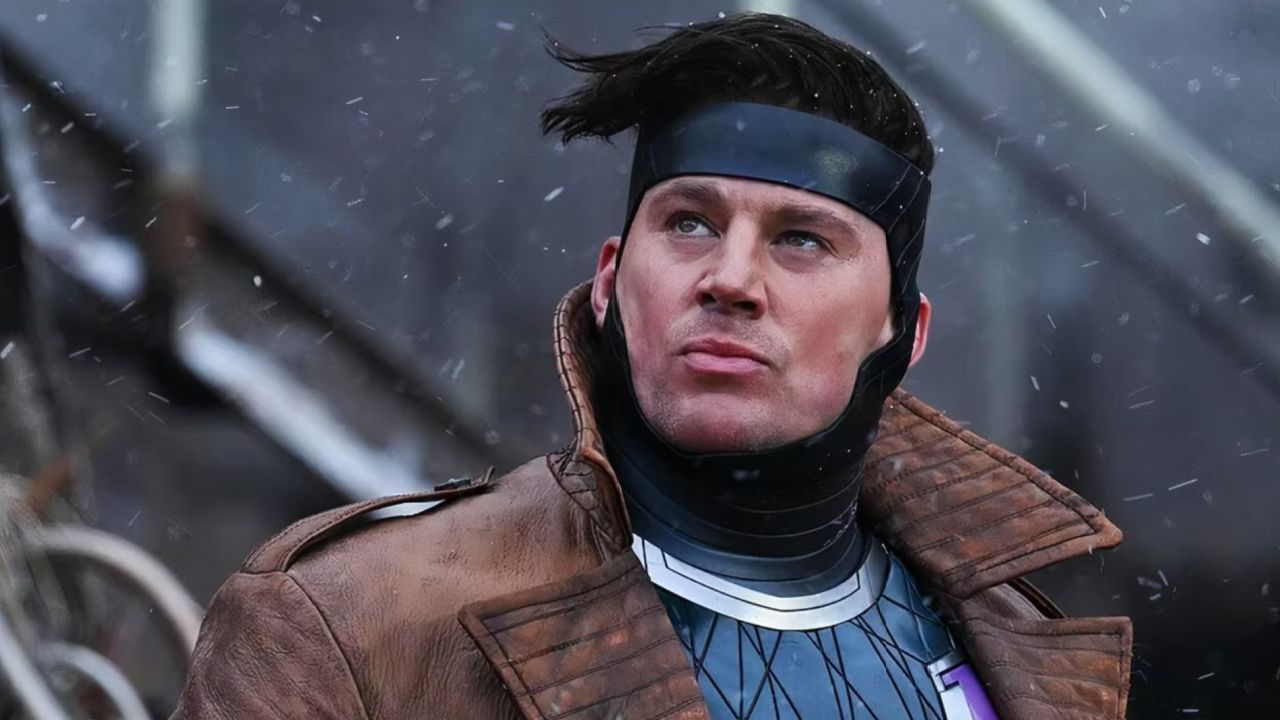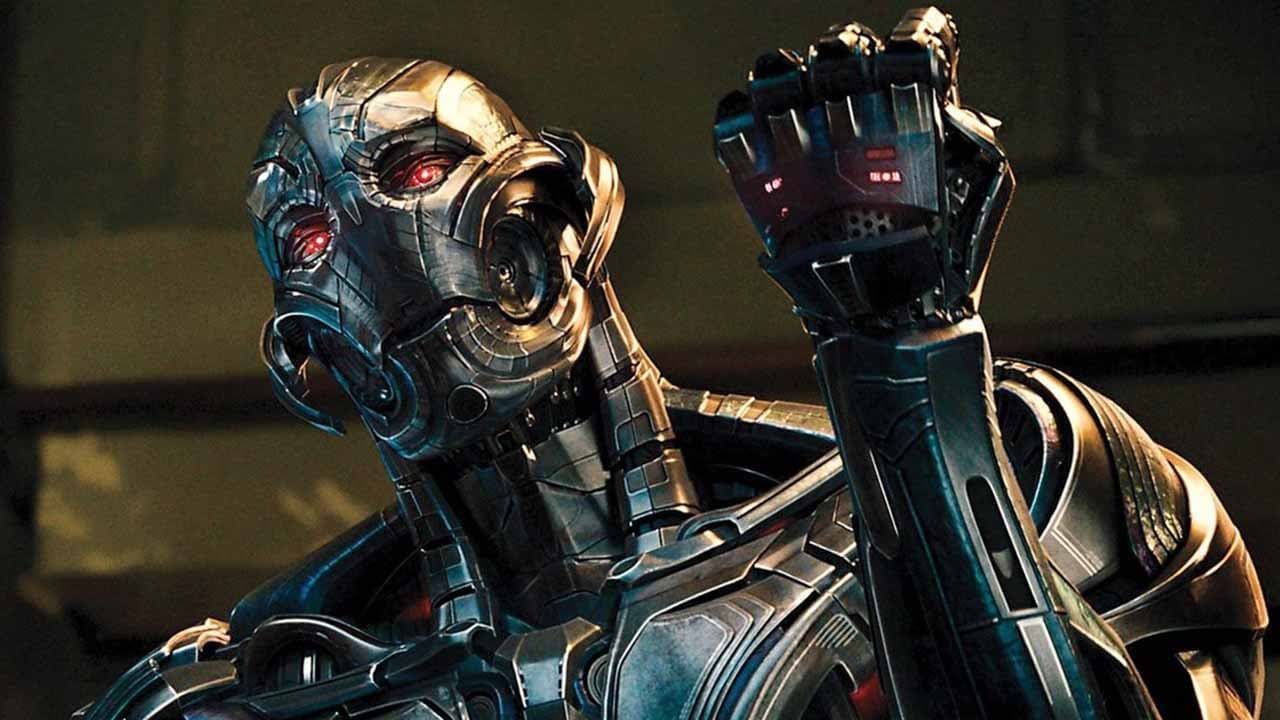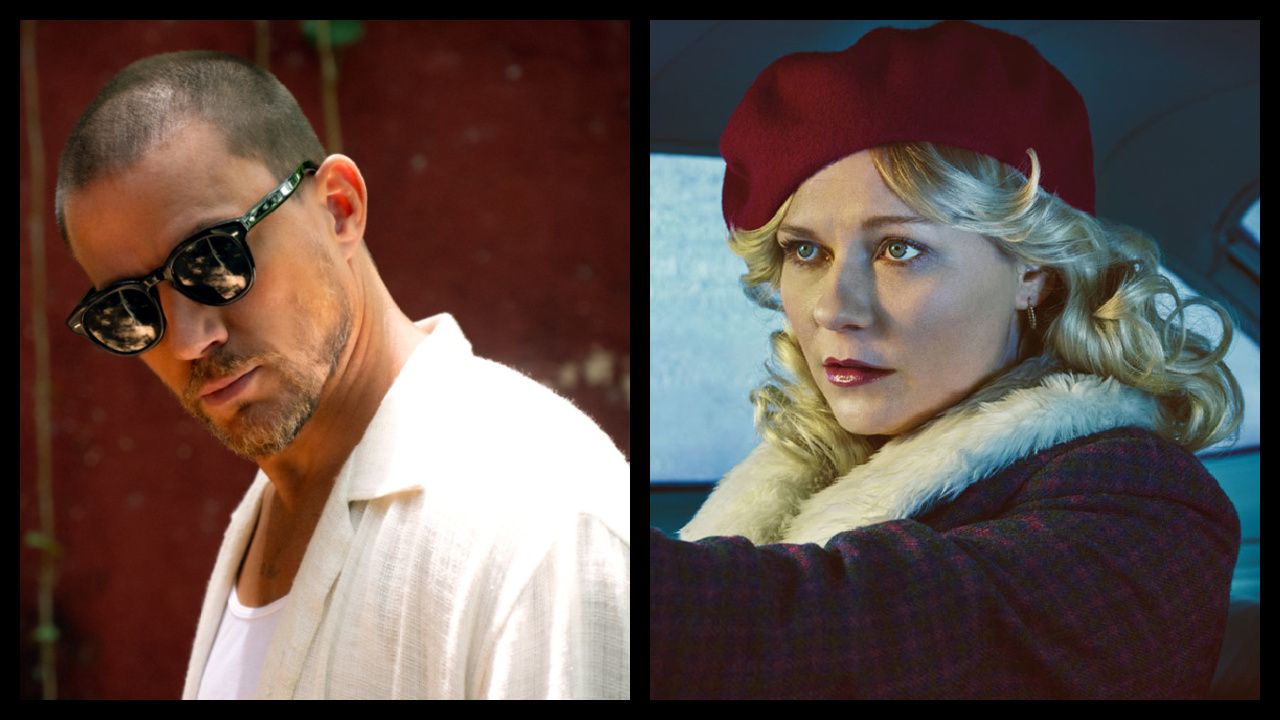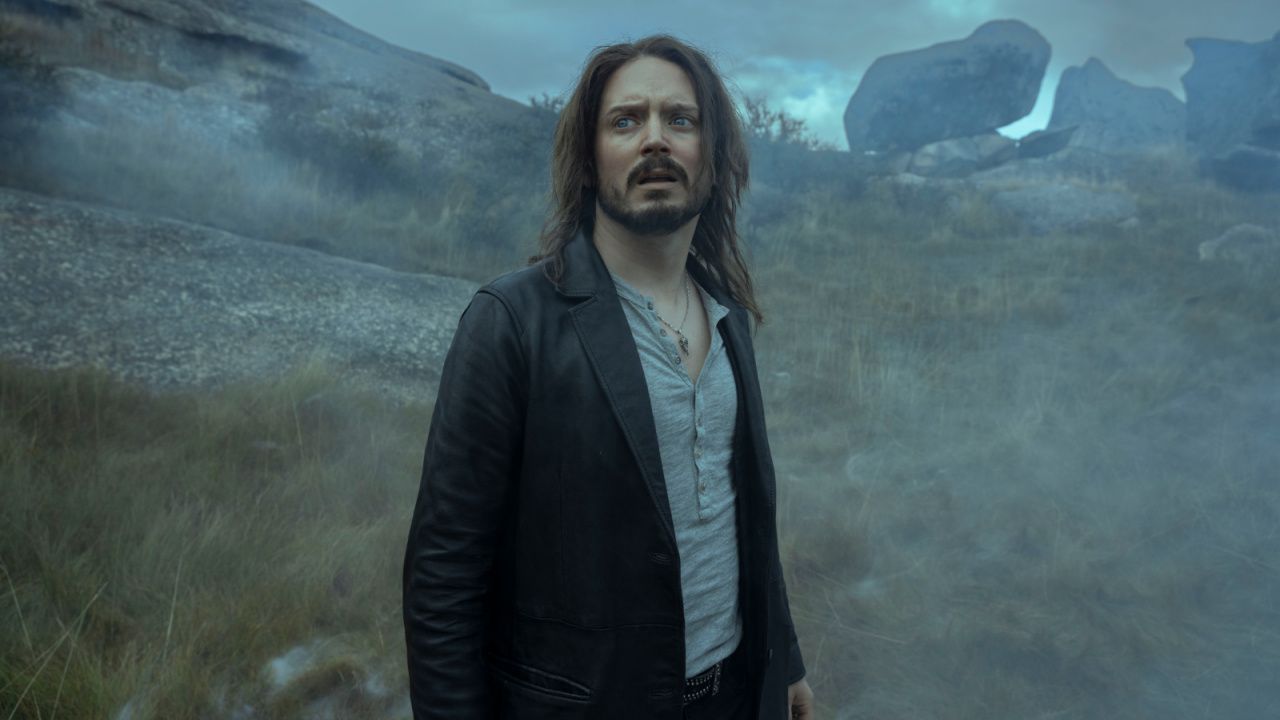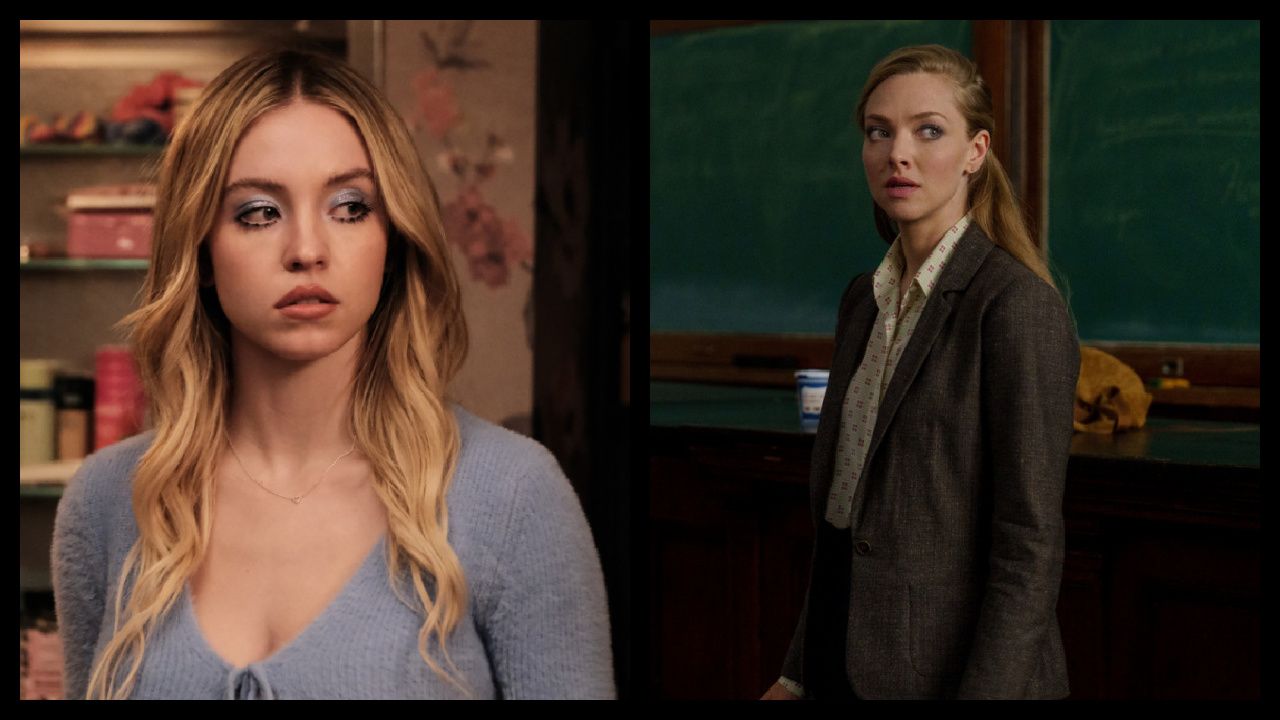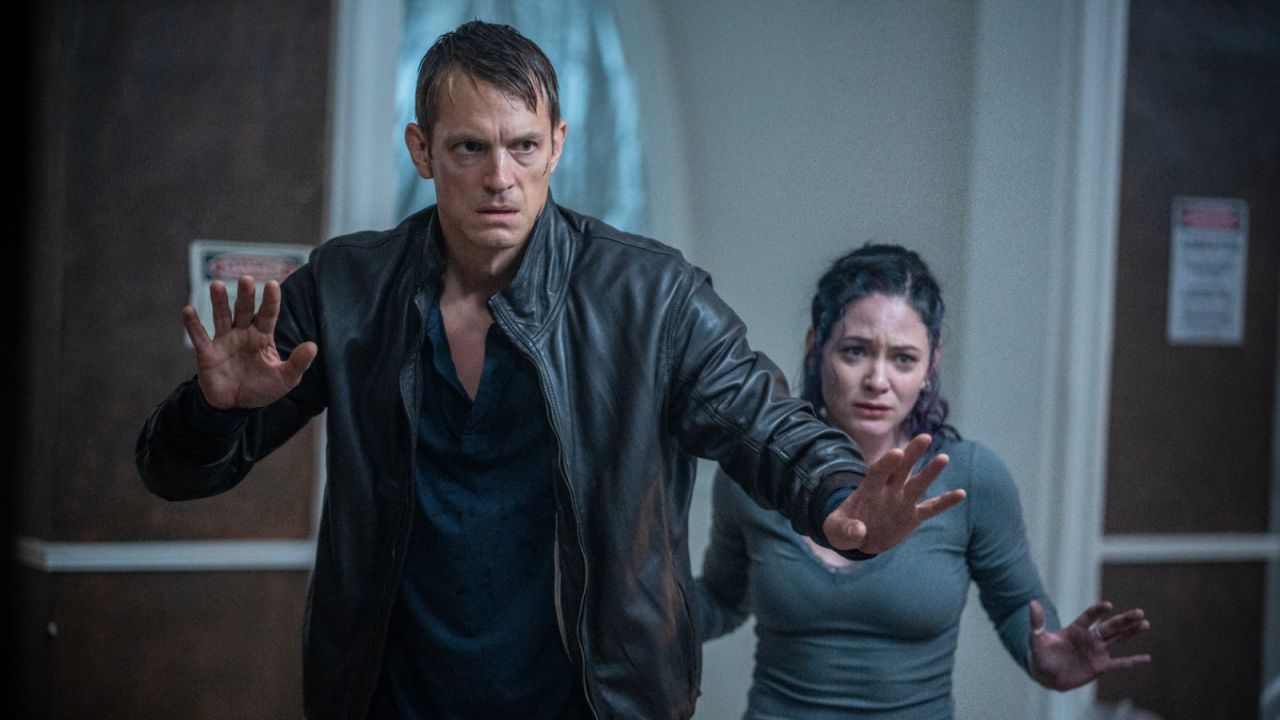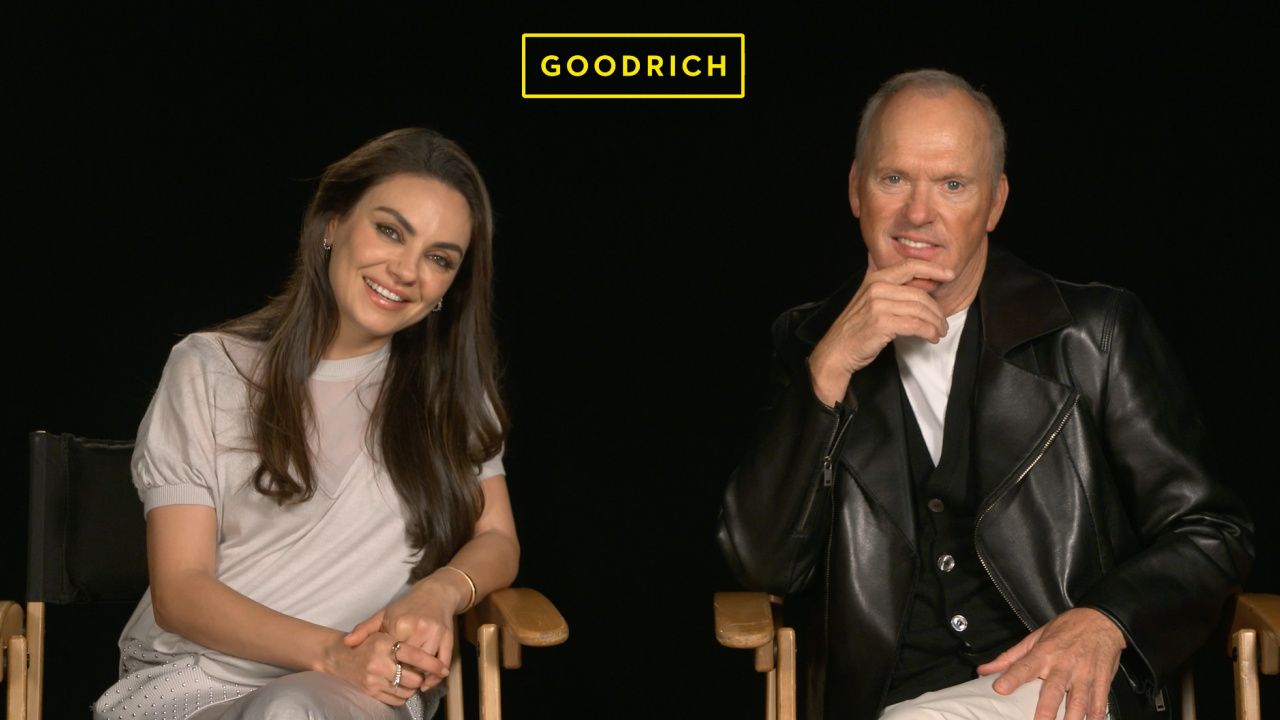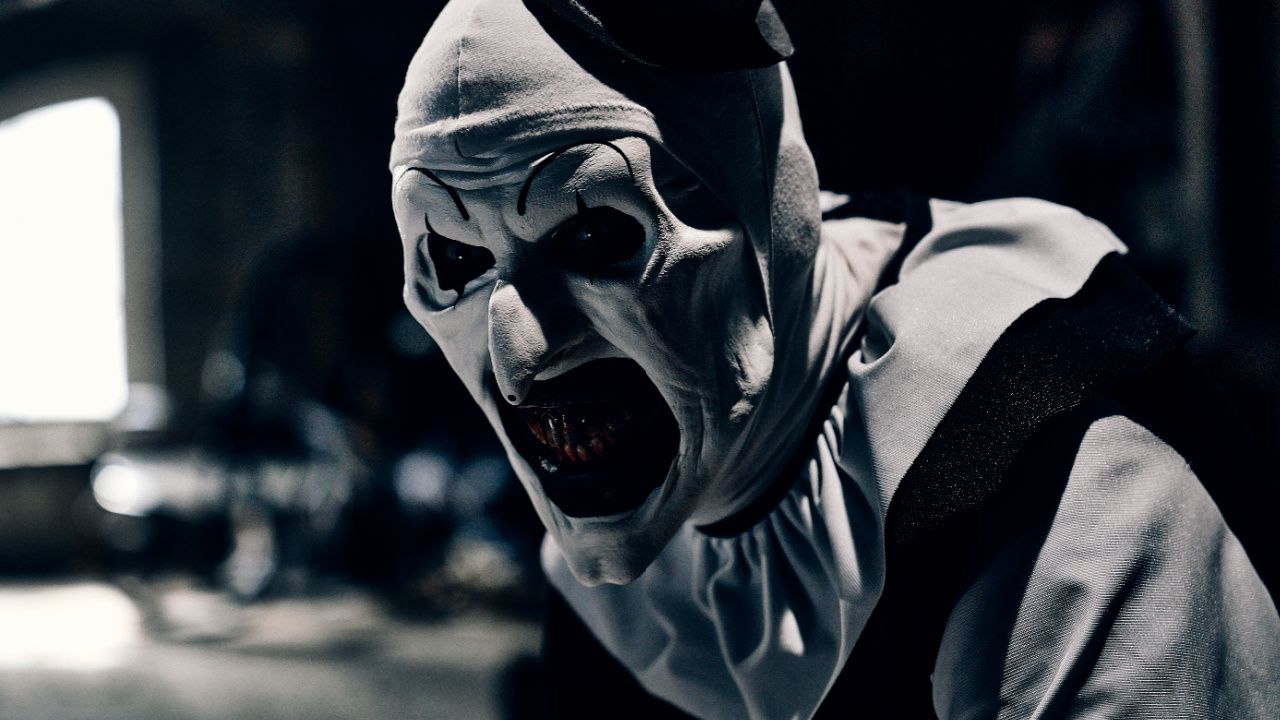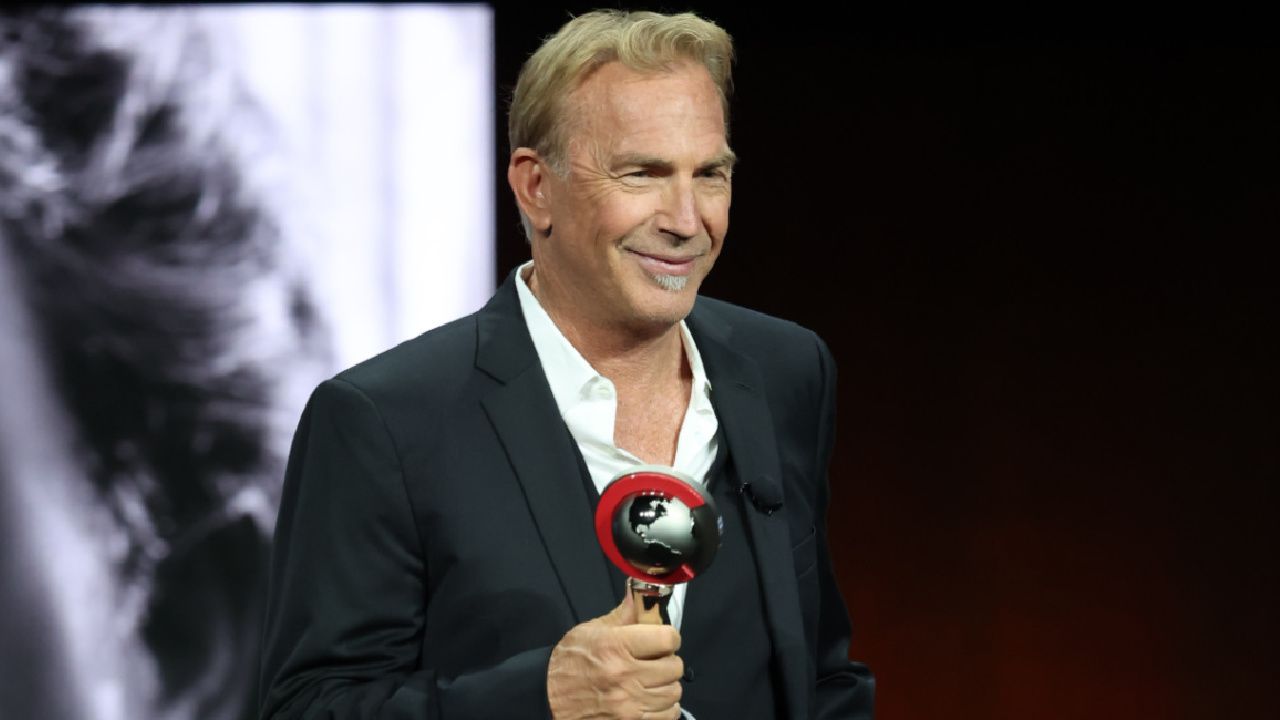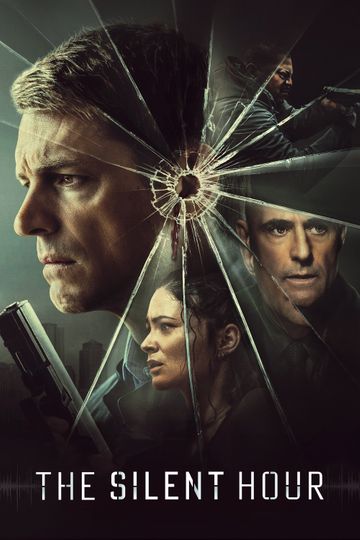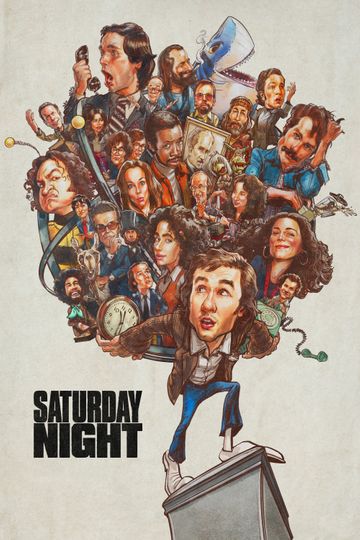'Fantasia': 15 Things You (Probably) Didn't Know About This Disney Classic
"Fantasia" wasn't a huge hit when it was first released 75 years ago (on November 13, 1940).
Since then, however, over the course of multiple re-releases, the Disney feature has earned a reputation as a masterpiece for its blend of lushly recorded classical music and dazzling Technicolor animation. It eventually became a huge success in both theaters and on home video and spawned several sequels and spinoffs, not to mention parodies by other studios.
Still, as many times as you've enjoyed the ballet-dancing hippos or Mickey Mouse's botched attempt at using magic to shirk drudgery, there's a lot you may not know about "Fantasia." Read on, and watch out for those magic mushrooms.
1. The germ of the film began when Walt Disney bumped into legendary Philadelphia Orchestra conductor Leopold Stokowski (pictured) outside Chasen's restaurant in Hollywood. Disney told Stokowski of his idea to make one of his trademark "Silly Symphony" shorts out of Paul Dukas's composition "The Sorcerer's Apprentice," scored by a full orchestra and starring Mickey Mouse. Stokowski offered to conduct the score. When the production ran over budget (costing $125,000), instead of scrapping the short, Disney decided to turn it into a full-length feature, with multiple animated shorts scored to a full symphonic concert program of celebrated classical works. Stokowski and his orchestra ended up scoring the entire movie and being shown in "Fantasia's" live-action segments.
2. "Fantasia" was the first movie to be screened in stereo. Disney sound engineers created an elaborate sound system called "Fantasound" for the film, recording the orchestra on a then-unprecedented nine-track polyphonic master, then mixed down to three tracks. To play the soundtrack, theaters had to be equipped with a Fantasound system that included 90 speakers placed throughout the auditorium. That meant the film had to be booked as a touring road show, with Disney technicians mounting the speakers at a venue in each city ahead of the film's debut there.
3. Originally, Disney animators made nine sequences for the film, including one set to Debussy's "Clair de Lune" featuring birds flying across a moonlit sky over the Florida Everglades. The segment was cut for length, but it appeared a few years later in another Disney musical anthology film, 1946's "Make Mine Music," scored to the song "Blue Bayou." It appears as an extra on some special-edition DVDs of "Fantasia," with the original Stokowski recording of the Debussy piece restored.
4. Disney envisioned "The Sorcerer's Apprentice" (pictured), and later the "Fantasia" feature, as a comeback vehicle for Mickey Mouse -- his popularity had slumped in the late 1930s. In fact, "Fantasia" rebooted him with a new look, the familiar pupil-eyed face we know today.
5. The centaurettes in the segment scored to Beethoven's "Pastoral" symphony were the source of more than one controversy. The Hollywood Production Code office was worried about their toplessness, so the Disney animators were careful to hide the breasts with flowers. After the film's release, some viewers objected to Sunflower, a centaurette with exaggerated black features, shown polishing the hooves of a white centaurette. Deemed a negative racial stereotype, Sunflower was cut from the film for the 1969 re-release and left out of future prints of "Fantasia."
6. When the film was scheduled to premiere in New York on November 13, 1940, the finale (the "Ave Maria" sequence) wasn't quite finished. That reel arrived at the theater with just four hours to spare and was spliced onto the rest of the movie.
7. The animators wanted to model Chernabog, the winged demon who dominates the segment set to Modest Mussorgsky's "Night on Bald Mountain," on horror icon Bela Lugosi. But they didn't think his movements worked, so they modeled him after Wilfred Jackson, the sequence's director, instead.
8. For the dancing mushrooms in the segment set to Tchaikovsky's "Nutcracker Suite," the animators found inspiration in the movements of the Three Stooges.
9. On its initial run, the film only made $1.3 million -- making it an even bigger money-loser than "Pinocchio." The expense and complexity of the Fantasound system meant that the film could only play in about a dozen cities on its 1940-41 release. And World War II kept it from playing overseas. Eventually, however, re-releases made the film profitable. It ultimately grossed $76 million in theaters over the years. Adjusted for inflation, that's $693 million -- enough to make it the 22nd highest-grossing film of all time.
10. Walt Disney was miffed that the Academy didn't consider "Fantasia" for a Best Picture nomination at the 1941 Oscars, but it hadn't been released in Los Angeles in time to be eligible. The following year, however, he and Stokowski earned special Oscars recognizing their contributions to advancing the art of sound motion pictures in "Fantasia."
11. Igor Stravinsky, at the time the only living composer represented in "Fantasia," visited the Disney animation studio at least once during production. But when the finished film was released, he was disgusted with the treatment given his "Rite of Spring," calling the orchestra's performance "execrable" and dismissing the dinosaur cartoon accompanying it as an "unresisting imbecility."
12. Disney wanted to turn the film into an evolving work, re-releasing it every few years with new musical segments added and some old ones cycled out. But it never happened, and the film was re-released more or less unchanged every few years, sometimes with cuts or with re-mastered sound.
13. The 1940 original inspired the 2010 live-action "Sorcerer's Apprentice" movie starring Nicolas Cage (pictured). In June, Disney announced it's developing a live-action feature based on the "Night on Bald Mountain" sequence.
14. The Walt Disney company finally got around to making a sequel in 1999. Called "Fantasia 2000," it kept "Sorcerer's Apprentice" but added seven new segments. They were performed by the Chicago Symphony Orchestra and conducted by James Levine.
15. When the original movie was re-released in 1969, at the height of the flower-power era, Disney marketed it as a "head" movie, with a psychedelic poster. Audiences, especially those under the influence, found a new appreciation for the film. Speaking during the film's 50th anniversary in 1990 (pictured), "Fantasia" animator Ollie Johnston recalled talking to students after the 1969 re-release and hearing them ask him, "What were you on, anyway?"

